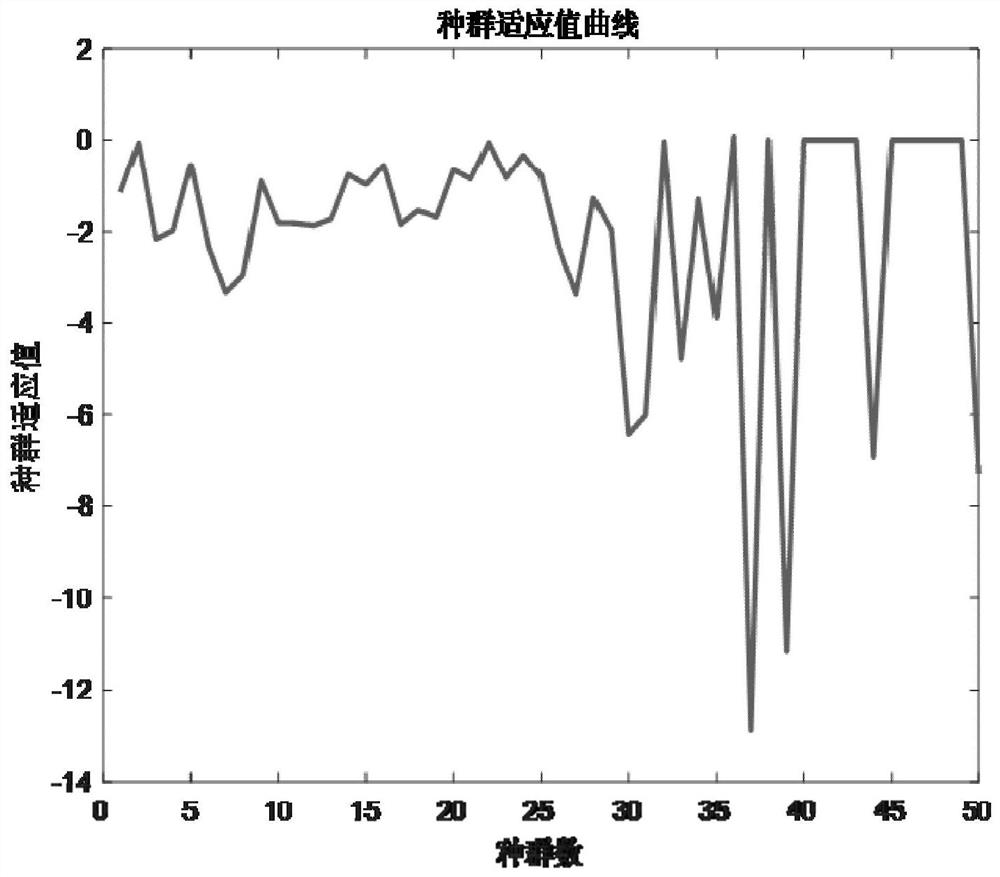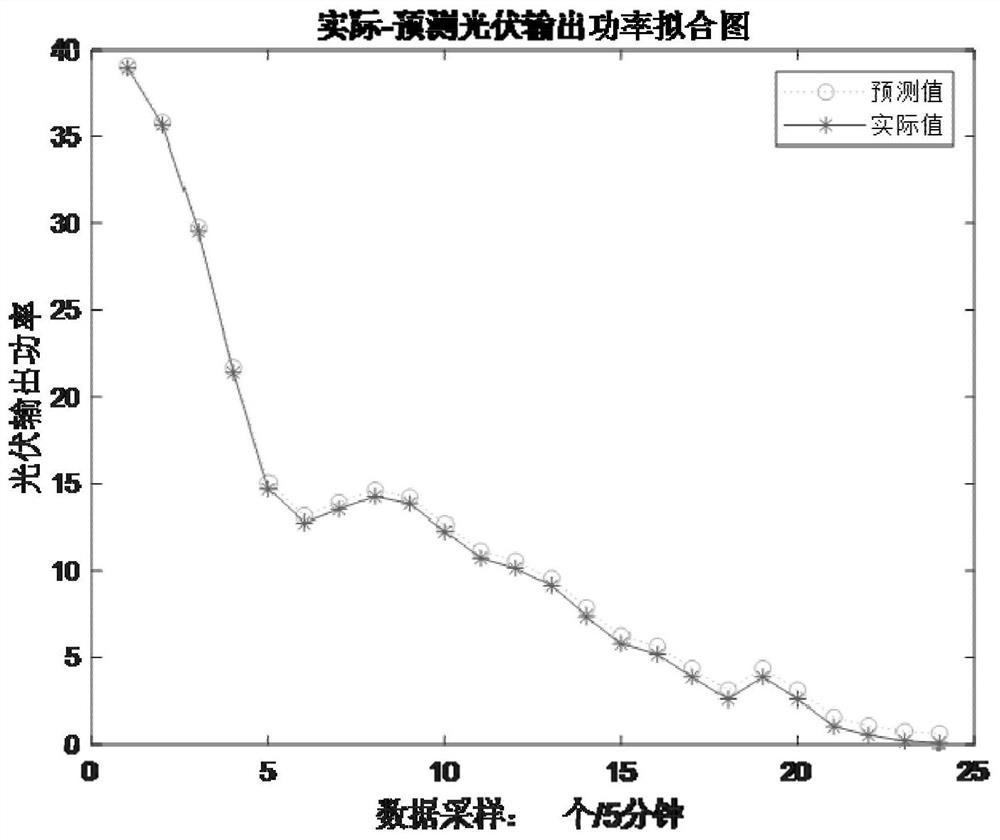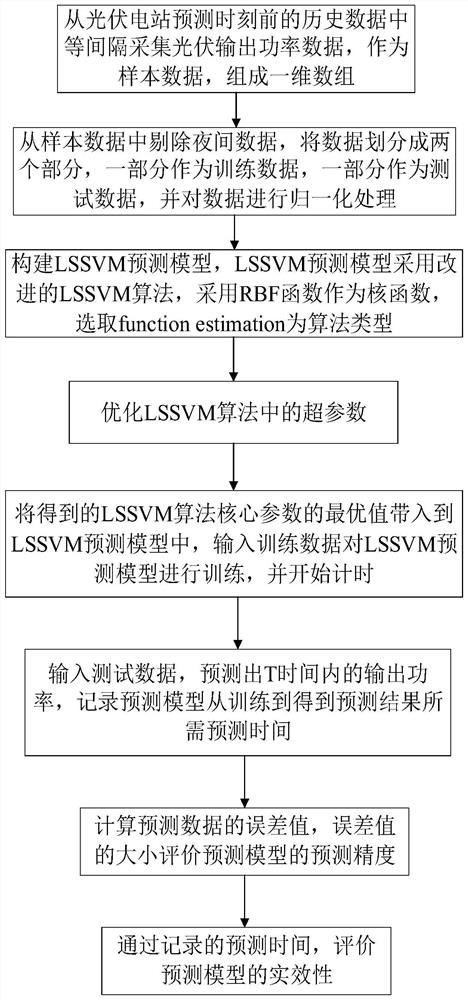A second-level ultra-short-term photovoltaic power prediction method
A power prediction, ultra-short-term technology, applied in forecasting, instruments, biological models, etc., can solve the problems of low accuracy of weather and cloud information acquisition, difficulty in setting key parameters, and long running time, etc. Search capability, narrowing search factor, effect of simplifying iterative process
- Summary
- Abstract
- Description
- Claims
- Application Information
AI Technical Summary
Problems solved by technology
Method used
Image
Examples
Embodiment 1
[0172] According to a specific embodiment of the present invention, the second-level ultra-short-term photovoltaic power prediction method of the present invention will be described in detail below.
[0173] The present invention provides a second-level ultra-short-term photovoltaic power prediction method, including the following steps:
[0174] S100: a data collection step, collecting photovoltaic output power data at medium intervals from the historical data before the prediction time of the photovoltaic power station, as sample data, and forming a one-dimensional array;
[0175] In step S100, the data normalization processing specifically includes:
[0176] Choose min-max standardization, also known as dispersion standardization, to perform linear transformation on the original data, so that the result value is mapped to [0,1]. The conversion function is as follows:
[0177]
[0178] in,
[0179] x min is the minimum value of the sample data;
[0180] x max is the ...
Embodiment 2
[0230] According to a specific embodiment of the present invention, the effect of the second-level ultra-short-term photovoltaic power prediction method of the present invention will be described in detail below.
[0231] figure 1 The change curve of the fitness value in the process of optimizing the parameters of the LLSVM algorithm of the present invention is given. It can be seen from the figure that due to the cancellation of a large number of iterative processes and the use of a single iteration, the population fitness value no longer presents a trend of increasing and decreasing Features, using a single iterative global search and two local searches, so that the fitness value of the population changes greatly, and the optimal solution is searched in different search ranges.
Embodiment 3
[0233] According to a specific embodiment of the present invention, the effect of the second-level ultra-short-term photovoltaic power prediction method of the present invention will be described in detail below.
[0234] figure 2 It is a fitting diagram of the prediction result and the actual data using the prediction model in this embodiment. In this embodiment, the sample data is divided into training data and test data, and the test data does not participate in the training of the prediction algorithm, but is only used for comparison with the prediction data. The test data here uses 48 samples, and five minutes is used as the time node. In practical applications, referring to the forecast time, the sampling interval can be shortened to 15-60 seconds.
PUM
 Login to View More
Login to View More Abstract
Description
Claims
Application Information
 Login to View More
Login to View More - R&D
- Intellectual Property
- Life Sciences
- Materials
- Tech Scout
- Unparalleled Data Quality
- Higher Quality Content
- 60% Fewer Hallucinations
Browse by: Latest US Patents, China's latest patents, Technical Efficacy Thesaurus, Application Domain, Technology Topic, Popular Technical Reports.
© 2025 PatSnap. All rights reserved.Legal|Privacy policy|Modern Slavery Act Transparency Statement|Sitemap|About US| Contact US: help@patsnap.com



